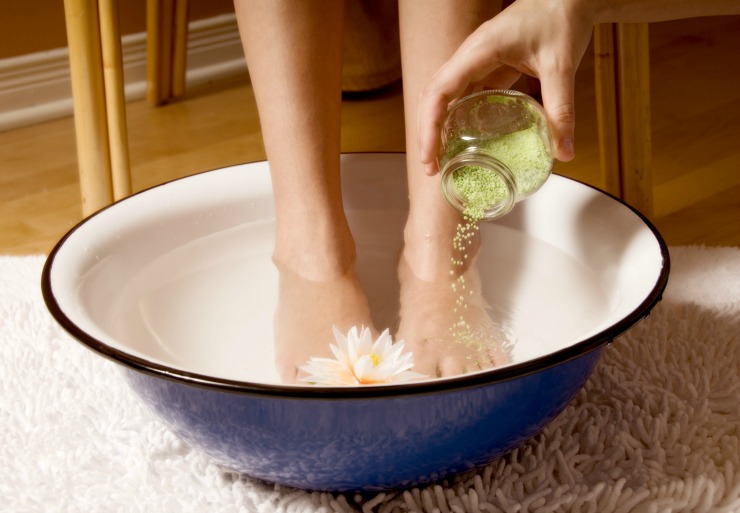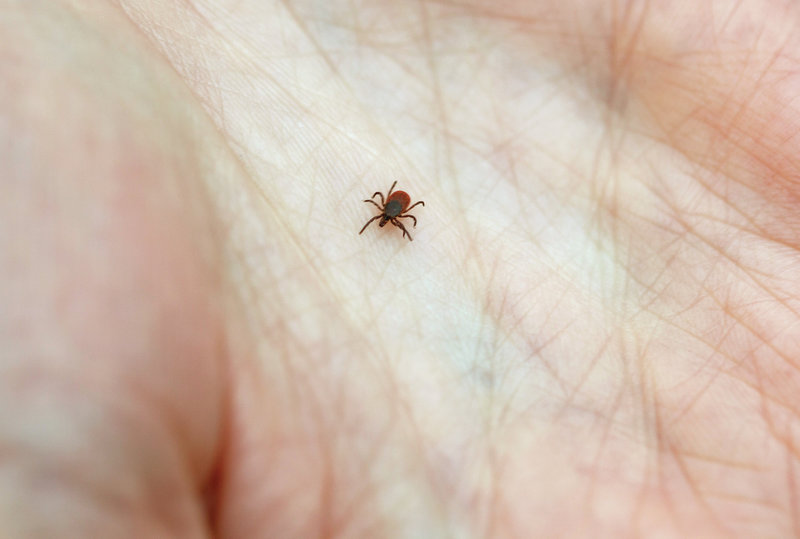What You Need to Know About Rheumatoid Arthritis
Our body’s immune system normally protects us from infection, but in the case of rheumatoid arthritis or RA, your immune system makes a mistake, attacking the tissue that lines the joints of your body. Over time, it can cause damage to joints and cartilage.
About 1.5 million people in the U.S. have rheumatoid arthritis. Three times as many women as men have the disease, and in women, symptoms may start as young as age 30 or up to age 60, according to the Arthritis Foundation. Men who get RA are usually older than women when they start to experience the symptoms of RA.
Common Symptoms
Swollen joints, pain, tenderness, redness and stiffness are the most common symptoms of Rheumatoid Arthritis. If you have RA, you most often will notice these symptoms in your smaller joints first, such as fingers and toes. The most common symptom may surprise you, however. It’s overall fatigue or tiredness, according to the Mayo Clinic and the Arthritis Foundation. Fatigue happens when your body is reacting to active inflammation in the lining of your joints. This inflammation is the hallmark of rheumatoid arthritis. Other common symptoms include limping, reduced range of movement, loss of appetite, anemia and fever.
Some people with RA experience joint deformity. Rheumatoid arthritis symptoms can also move beyond your joints. The Mayo Clinic reports that about 40% of people with RA have problems with their skin, eyes, heart, lungs, kidneys and other tissues or organs.
Treatments for Rheumatoid Arthritis
Rheumatoid arthritis can flare and increase, or go into remission and decrease. The disease cannot be cured, so the goal of treatment is to achieve a remission of symptoms, relieve symptoms, and prevent joint and organ damage.
You are probably familiar with the most common RA treatment, NSAIDs, or over the counter pain relievers such as ibuprofen and naproxen sodium, which reduce mild to moderate pain and inflammation. Stronger NSAIDs are available by prescription. Another familiar group of medications for RA are corticosteroids like prednisone, which can help get severe pain under control quickly. Due to the risk of side effects, physicians prefer that steroids be used for as short a time as possible. Other, newer drugs include DMARDS (disease-modifying antirheumatic drugs), biologics, and JAK inhibitors.
DMARDS slow the disease down, preserving joints from further damage, but can cause side effects including liver damage or lung infections. A newer, biologic form of DMARDS are injected or infused, targeting and modifying parts of the body’s immune system. These biologics may work more quickly than other traditional DMARDS. The newest form of these treatments are called JAK inhibitors, which specifically target “Janus kinase” pathways in the body’s immune response, and which can be taken by mouth.
Other treatments include physical therapy, which helps to make joints more flexible, and occupational therapy, learning new ways of doing daily tasks that are less painful. Finally, if damage is severe, surgery can help to restore movement and repair your joints. Surgery for rheumatoid arthritis includes synovectomy, which replaces the damaged joint lining, tendon repair, joint fusion and total joint replacement.
The Mayo Clinic reports that there are also some complementary and alternative (CAM) treatments that can help with rheumatoid arthritis. These include the gentle movement therapy of tai chi, plant oils including evening primrose, and fish oil supplements. Some alternative treatments can interfere with other medications, so you should always consult your doctor before trying them.
Risk Factors
The single biggest risk factor for rheumatoid arthritis is your gender. Women are three times more likely than men to develop the disease. The second biggest risk factor is age. Although the disease can occur at any age, it most commonly starts between ages 40 and 60. Rheumatoid arthritis also runs in families. If you have a family member who had it, you have a higher risk than someone from a family with no history of the disease.
You can’t do anything about their gender, age or family background. But there are some risk factors that can be changed. Smoking increases the chance of getting rheumatoid arthritis, and combined with a family history of the disease, the risk is even higher, according to the Mayo Clinic. Exposure to toxic substances like asbestos or silica also increases risk. Finally, obesity and being overweight can contribute to risk of RA, especially among women under age 55.
Lifestyle Changes
People with rheumatoid arthritis want to live a full life. Lifestyle changes can improve the loss of self-esteem, anxiety and depression that many people experience while trying to cope with RA. Your medical care professionals and your family can help you to decide on the right strategies in making lifestyle changes that will improve your quality of life.
Lifestyle changes can include eating a balanced, “anti-inflammatory” diet which includes foods rich in antioxidants, or which have been shown to reduce inflammation. The Arthritis Foundation says that a Mediterranean diet including fish, vegetables, fruits and olive oil has been found to be effective. Getting enough rest at night and taking time to rest during the day is also critical, helping to reduce disease flares.
Although your joints hurt, gentle exercise is beneficial to all with RA. Physical therapists can help design an exercise program that will work for you. Some people with RA have benefited from swimming or water aerobics, while others have gotten good results from walking, muscle strengthening and low-impact aerobics. Alternative treatments such as massage, meditation, acupuncture and guided visualization have also helped some with RA.
Most of all, having a positive attitude and support system will help you to cope with rheumatoid arthritis. Reach out to family, friends and medical care professionals to make the lifestyle changes you need to stay healthy and active.
Source: SmartFind
“What You Need to Know About Rheumatoid Arthritis”


